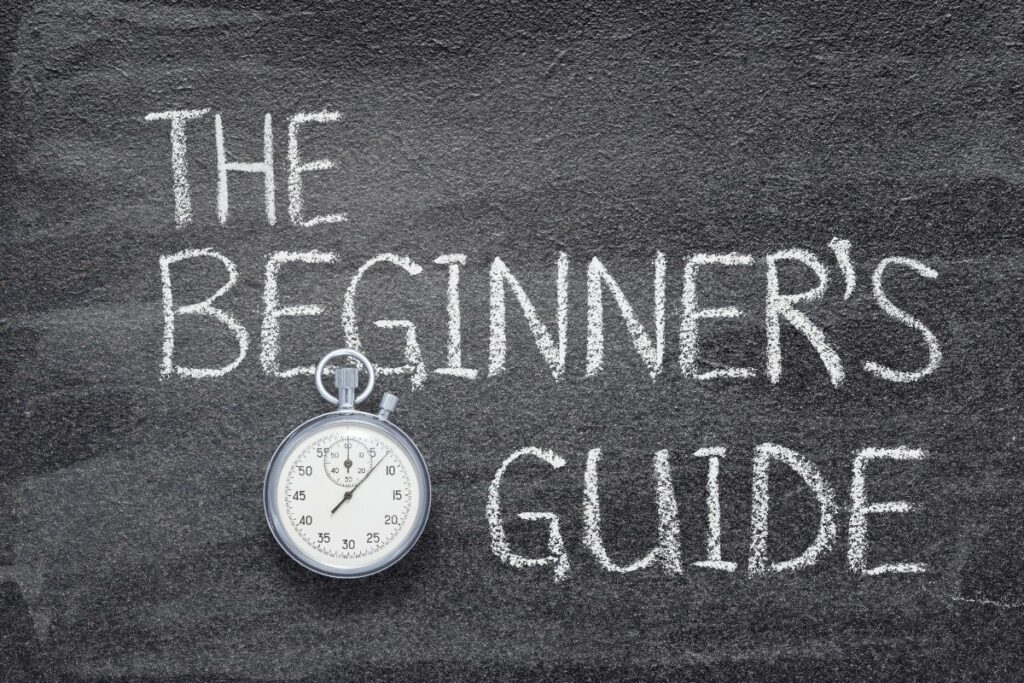
Welding is a valuable skill that opens up a world of possibilities, whether for personal DIY projects or professional pursuits. However, diving into welding without proper knowledge and practice can lead to common mistakes that compromise the quality and integrity of welds and possibly ruin your project. In this blog, let’s take a look at some of the most frequent welding mistakes beginners should avoid, helping them enhance their welding skills and produce high-quality results.
One of the most common beginner mistakes is neglecting proper preparation when starting a welding project. Poor cleaning and preparation of the workpiece can result in weak welds and compromised joint strength. Before starting welding, ensure that the surfaces to be joined are clean and free from rust, paint, or other contaminants. This will greatly improve the chances for optimal weld quality and penetration.
Additionally, pay attention to joint preparation. Depending on the joint type and material, proper beveling, chamfering, or other shaping techniques may be required to ensure strong fusion and optimal penetration. Neglecting joint preparation can lead to insufficient fusion and weak welds. Take the time to properly clean and prepare both the surfaces and joints before starting the welding process.
Setting up the welding machine incorrectly is another common mistake beginners make. Each welding process (e.g., MIG, TIG, stick) and material requires specific settings for heat, amperage, and wire speed. Failing to select the appropriate settings can result in weak welds, excessive spatter, or even damage to the workpiece.
To avoid this mistake, consult the welding machine’s manual and refer to welding charts or guidelines provided by the manufacturer. Experiment with test welds on scrap materials to fine-tune the settings before beginning the actual project. Consider factors such as material thickness, electrode type, shielding gas, and wire feed speed. By using the correct settings, beginners can achieve stronger and more consistent welds.
Safety should always be the main concern, including in welding. Beginners often overlook the importance of proper personal protective equipment (PPE), exposing themselves to potential injuries and long-term health issues. Welding involves intense heat, sparks, and harmful UV radiation.
Invest in high-quality PPE, including flame-resistant clothing, welding gloves, safety glasses, and most importantly, a welding helmet. The helmet should have the appropriate shade level and provide adequate protection for your face and eyes, shielding them from harmful UV rays and sparks.
Welding is a skill that requires a lot of practice and patience to master. Beginners often make the mistake of attempting complex welds without adequate practice. Developing proper technique and hand control is crucial for achieving consistent and high-quality welds. Start by practicing on scrap metal to familiarize yourself with the welding process. Focus on maintaining a steady hand, controlling the travel speed, and achieving the correct electrode angle and distance. As you gain confidence, gradually progress to more challenging projects. Continue practicing this way until you feel confident in your abilities.
Consider enrolling in a welding course or seeking guidance from experienced welders. They can provide valuable insights and feedback on your technique, helping you refine your skills and produce better welds.
Neglecting proper joint fit-up and alignment is another common mistake beginners make. Welding poorly aligned or improperly fitted joints can lead to weak welds, increased porosity, and potential structural failures.
Before welding, ensure precise alignment and fit-up of the materials to be joined. Use clamps or other appropriate methods to secure the joint and maintain the desired position throughout the welding process. Pay close attention to joint clearance, ensuring that the parts fit snugly together. Proper alignment and fit-up are essential for achieving strong and reliable welds.
As beginners embark on their welding journey, it’s crucial to be aware of common mistakes that can ruin your projects with poor welds. By avoiding poor preparation, incorrect welder settings, inadequate personal protective equipment, insufficient practice and technique, and ignoring joint fit-up and alignment, beginners can enhance their welding skills and produce high-quality welds. Remember that practice, patience, and attention to detail are key to becoming a proficient welder. Embrace learning opportunities and seek guidance from experienced welders to continuously improve your skills.